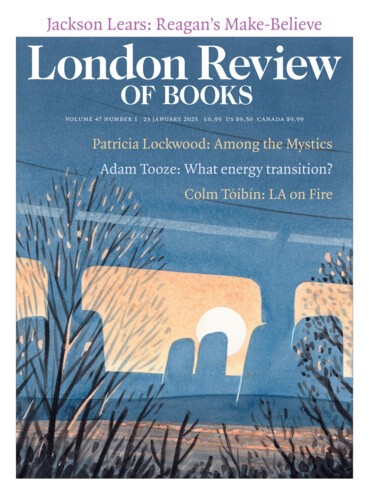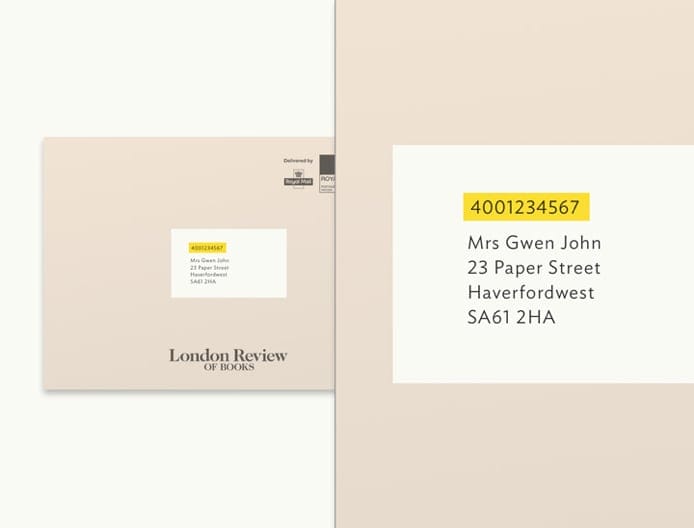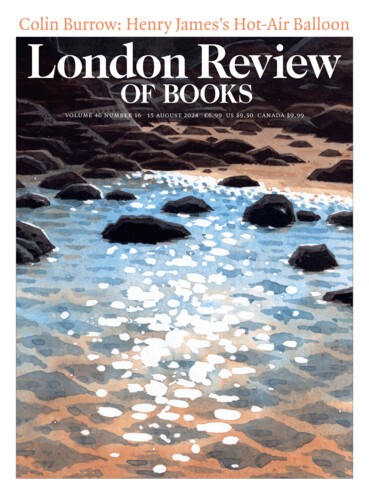If Celia Dale is a nasty writer, then her nastiness, like Roald Dahl’s, is partly cosmetic: no boil goes unenlarged, no paunch unemphasised. Her novels (thirteen in total, often described as works of domestic crime fiction or ‘suburban horror’) display a fondness for all creatures sallow and bowlegged: a menagerie of bedraggled birds, wet fish and disgusting old walruses. Certain images – bodies that sag or shrivel with age, rings that can’t be prised from swollen fingers – are particularly representative of her tenor, and she is unusually attentive to the location (in or out?) of her characters’ dentures. The title of her first book, The Least of These (1943), is a biblical shorthand for her most enduring subject: the wretched. It ends, straightforwardly, on a crowded London Underground platform as a German bomb dispatches the entire cast of characters.
Not much is known about Dale’s life, but her author photos convey a sense of her character. In one, she wears a faintly bemused expression and owlish glasses, hands clasped craftily, campily, beneath her chin; in another, a blouse with fussy-looking bow and a doted-on feline round out an image of studied innocuousness. A clear product of the 20th century (though, absurdly, she made it a full decade into the next), she was born in 1912, the only child of the English actor James Dale (best known as the voice of the coincidentally named Jim Dale in Mrs Dale’s Diary), and in 1937 she married Guy Ramsey, a journalist and competitive bridge player. She was a devoted secretary to Rumer Godden, with whom she shares a lean style and lack of pretension, and a reader at Curtis Brown, where she was said to have read more manuscripts than anyone else in London – tottering piles on her desk, to which she would respond with notes on neat pink slips, sometimes just one word long: ‘No!’ Her nickname among colleagues was ‘kill-at-a-glance Ramsey’. It’s a picture of prissy and practical femininity, all coiffed hair and woollen skirts, which comes across, to those who have read her work, as fabricated for coyly ironic effect: how could someone who looks so proper be so very mean?
From warfare to welfare: that’s the scope of Dale’s domestic crime. Three of her novels have recently been reissued by Daunt: A Spring of Love (1960), A Helping Hand (1966) and Sheep’s Clothing (1988), her last book, which opens as the elderly Mrs Davies is scammed out of her savings by two women posing as employees of the DHSS. In Dale’s novels from the 1960s, projects of postwar reconstruction loom large. Set in the ‘pounding heart of Camden Town’, A Spring of Love travesties the language of ‘neighbourliness’ and civic responsibility as a young woman brings a dangerous man into her shared building. In A Helping Hand it’s the language of care, especially care for the old and the infirm, that is called into question. By the time of Sheep’s Clothing, with Margaret Thatcher in power, not much has changed except that scamming is harder work in a world less easily beguiled (‘There’s nothing I need that I can’t get for myself,’ one intended dupe retorts). The title refers to the pretence of ‘cradle to grave’ concern that all Dale’s criminals exploit in order to lull their victims into a false sense of security – and somewhere in the background is Churchill’s jibe that Attlee was a ‘sheep in sheep’s clothing’.
Dale’s domain is crime fiction of the welfare state in which the state and its actors are mostly absent, replaced by charlatans and frauds who will fleece an old lady for all she’s worth. Alarmingly, many of her rogues have a history of work in care homes or hospitals. Her writing has been compared to that of Muriel Spark, Anita Brookner and Dahl, on the grounds that her approach to cruelty is placid, even-toned. It can be hard to judge whether her sagging, decrepit subjects are the objects of her derision or her pity; in the books, misanthropy and humanism are balanced on a knife edge. Was she writing satires on the Panglossian liberalism of postwar repair – so confirming ‘the human vulturine streak’, as a reviewer for the Guardian put it in 1988 – or sly ripostes to those who fretted that welfare paternalism would stamp out private initiative?
Send Letters To:
The Editor
London Review of Books,
28 Little Russell Street
London, WC1A 2HN
letters@lrb.co.uk
Please include name, address, and a telephone number.



